Detroit’s Chene-Ferry Market deserves to be saved, don’t you think?
Over the decades, Detroit has had four primary open-air markets—Central Market (closed in the 1880s), Western Market (taken out by the construction of I75 in 1965), Chene-Ferry Market (closed as a market in the 1980s), and most famously, Eastern Market.































The Chene-Ferry Market is still standing, though it’s in poor shape. In the 2010s, the City of Detroit gave a considerable sum of land to a non-profit at a steep discount to create urban farms. The market was supposed to be the focal point of that project, with locally grown produce available for local residents. The nonprofit failed, and the structure is currently held by a holding company. Read the full history of the market here.
No noticeable work has been done to stabilize the Chene-Ferry Market building for decades. Though the market building deteriorates more every day, has been partially scrapped, and is a haven for illegal dumping, only two blight tickets have been issued on the property despite its current state, according to online records.
“Do you know that the Chene-Ferry public market, the newest and smallest of the three city-owned markets, is located on Ferry avenue bewteen Chene street and Dubois avenue, and covers an area of 1.36 acres.”
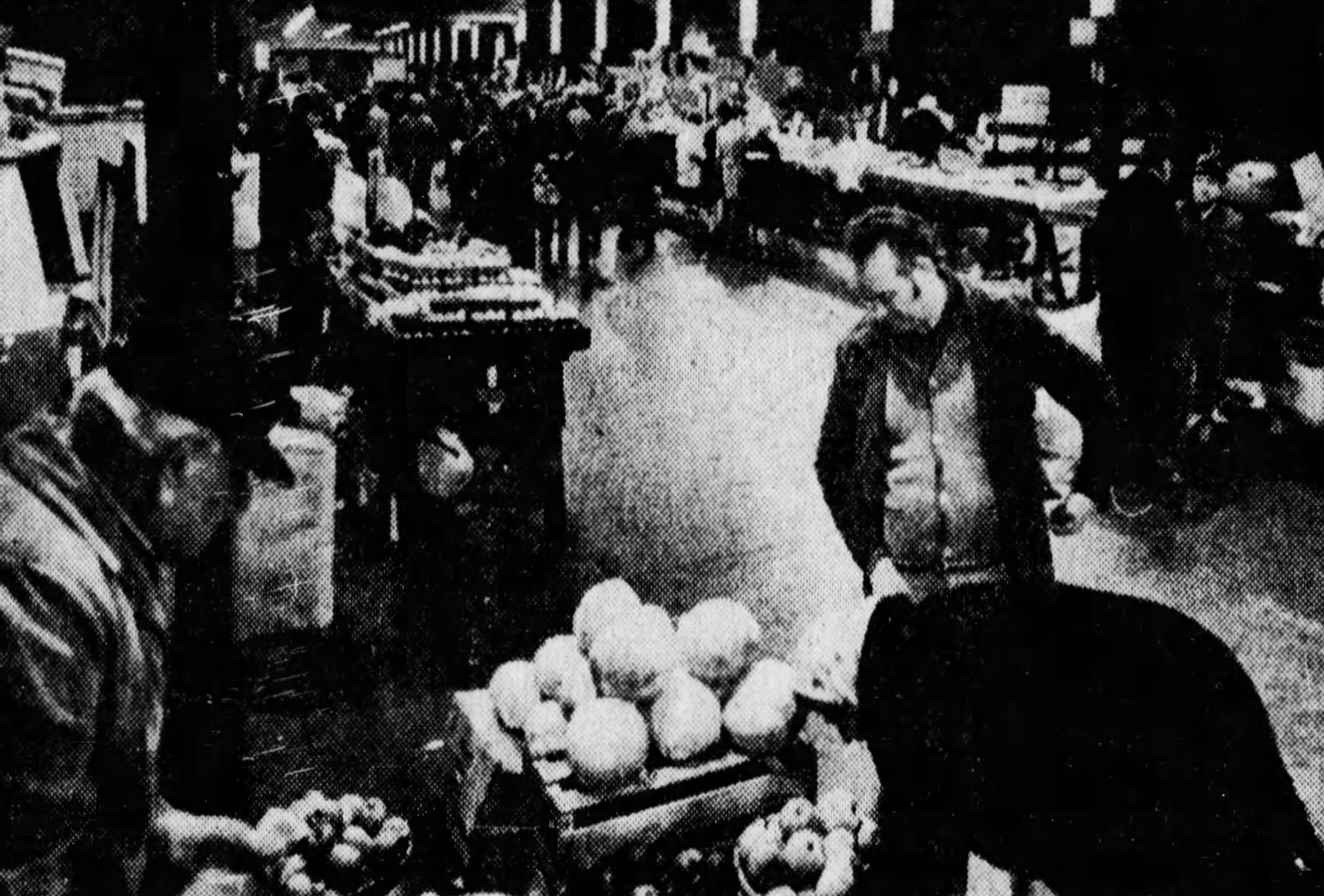
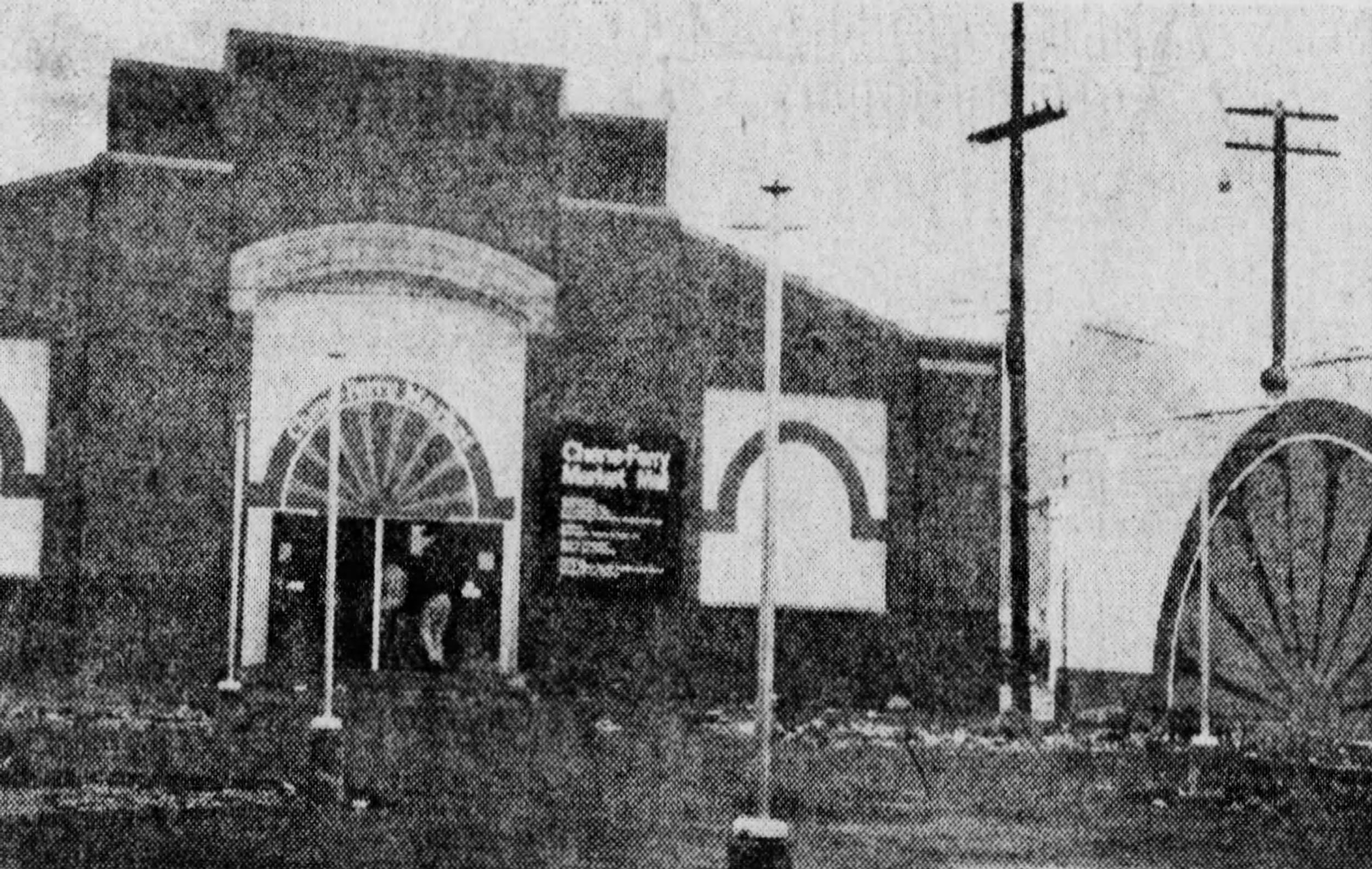
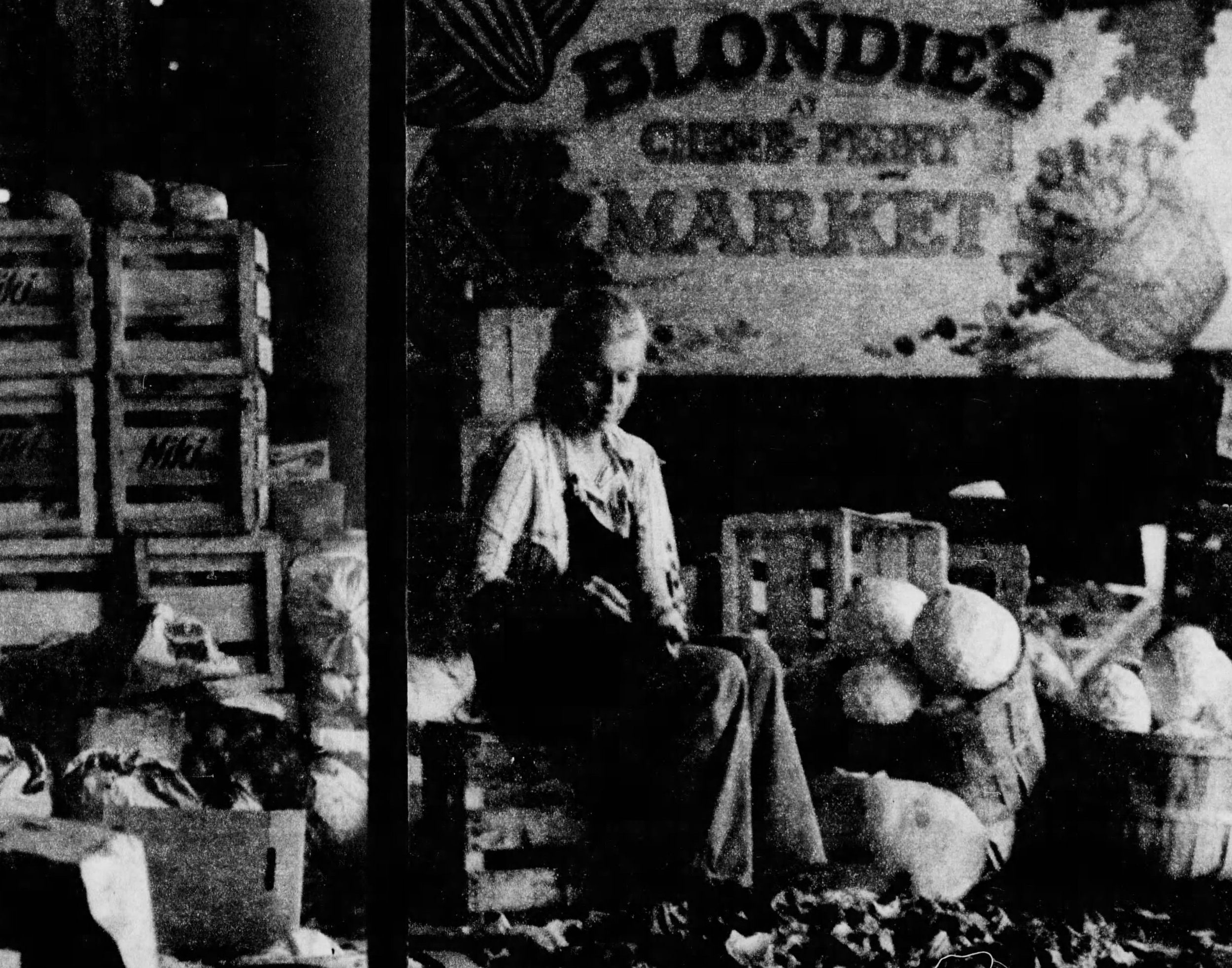
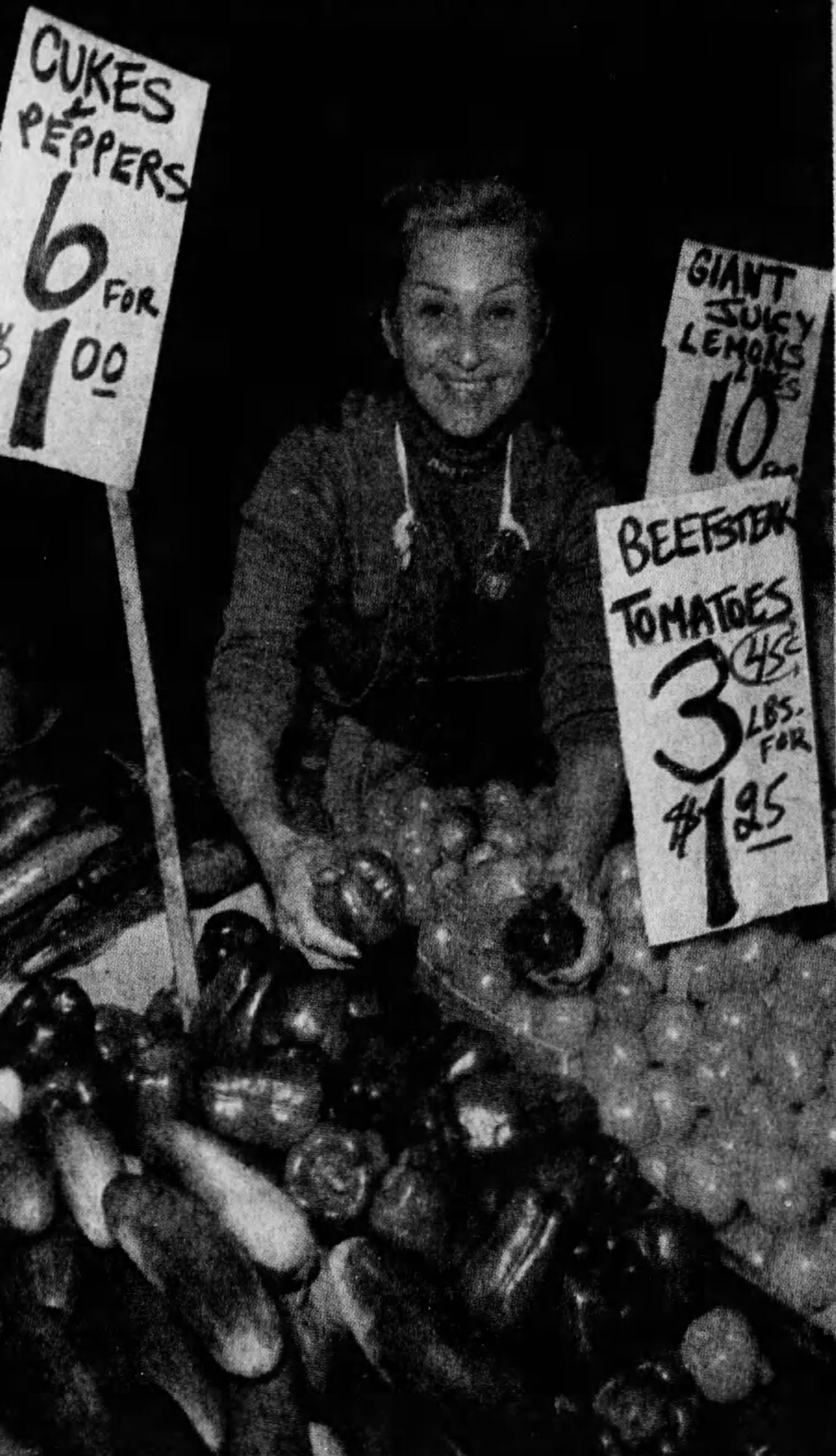
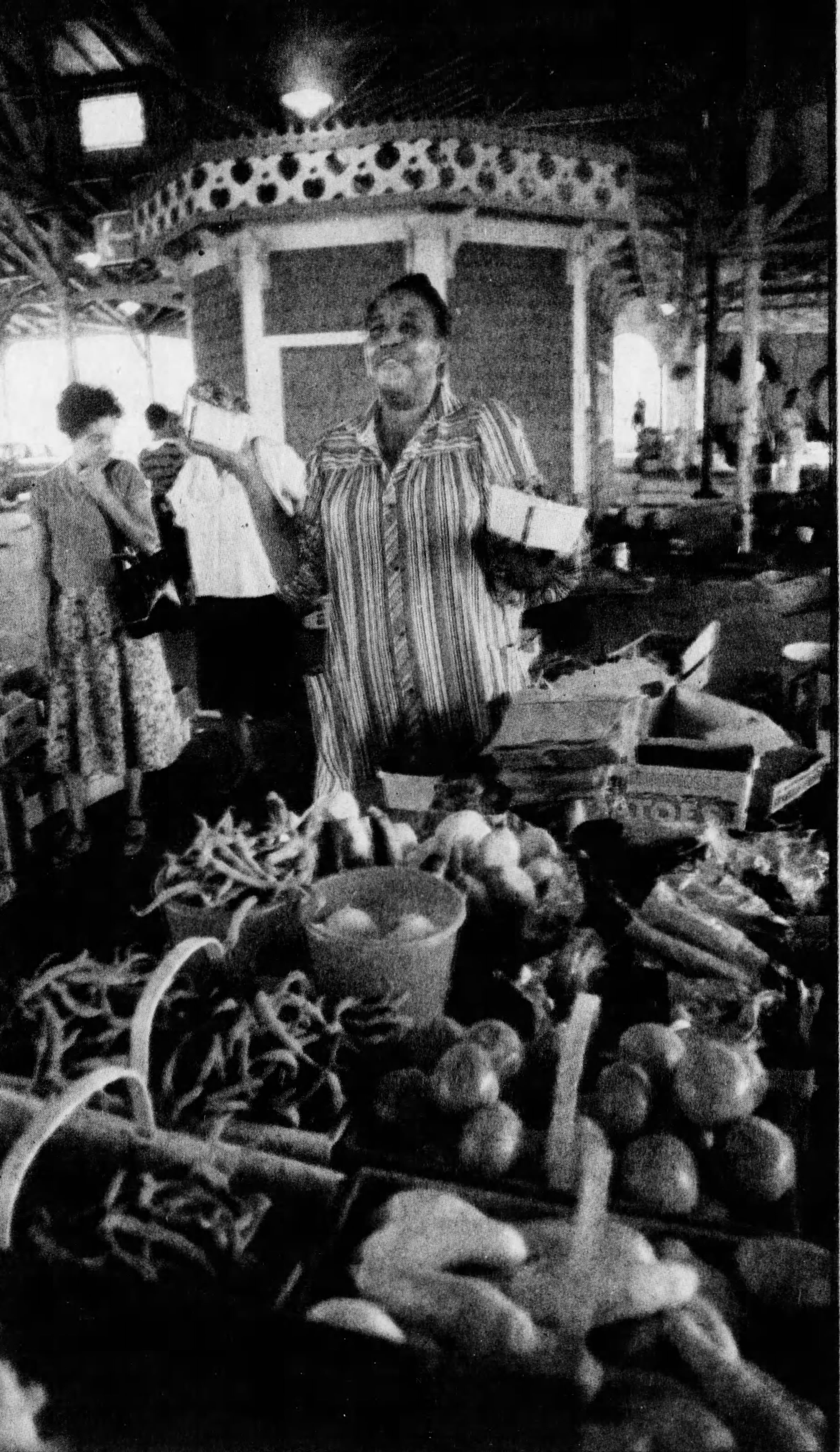
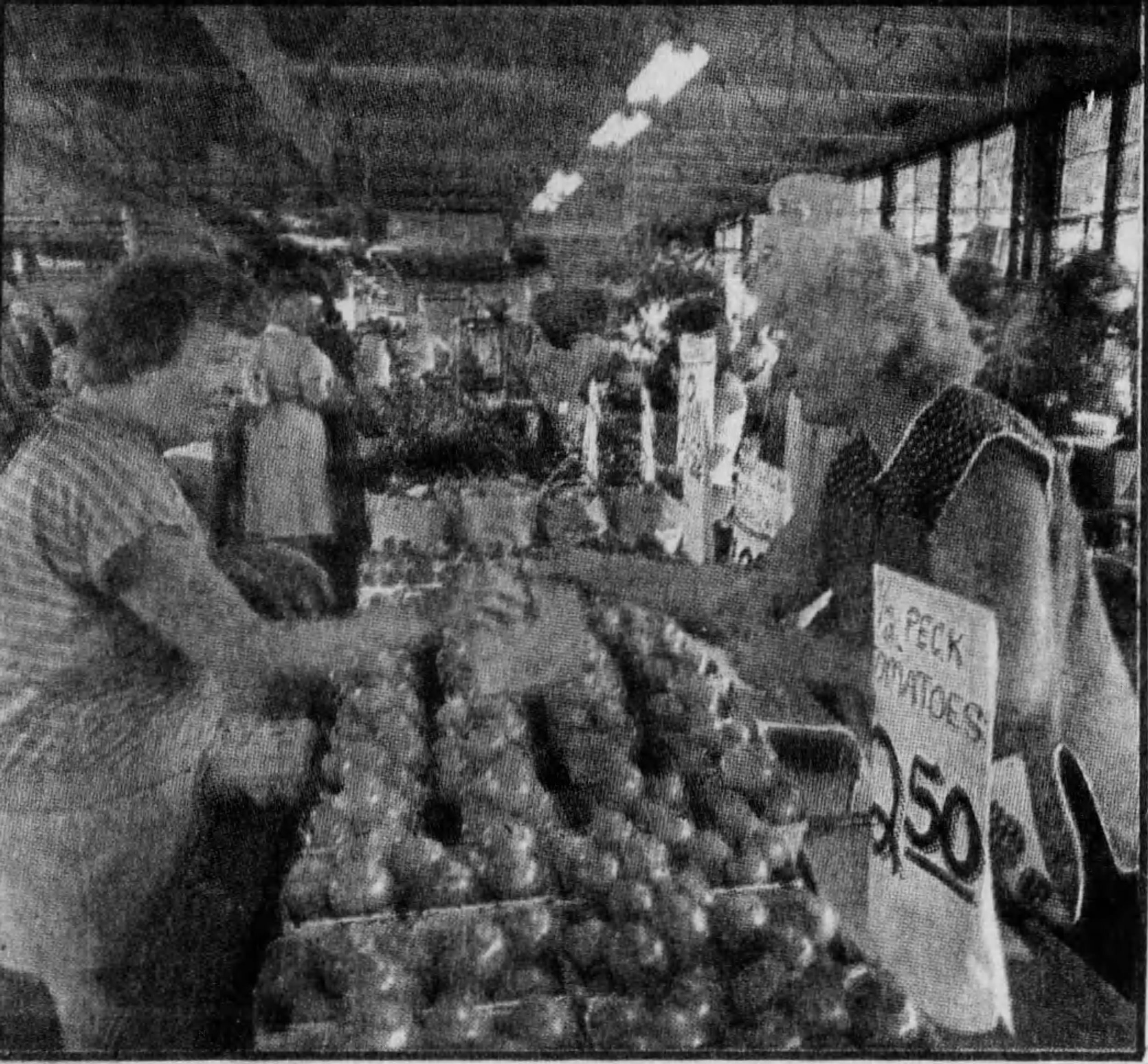

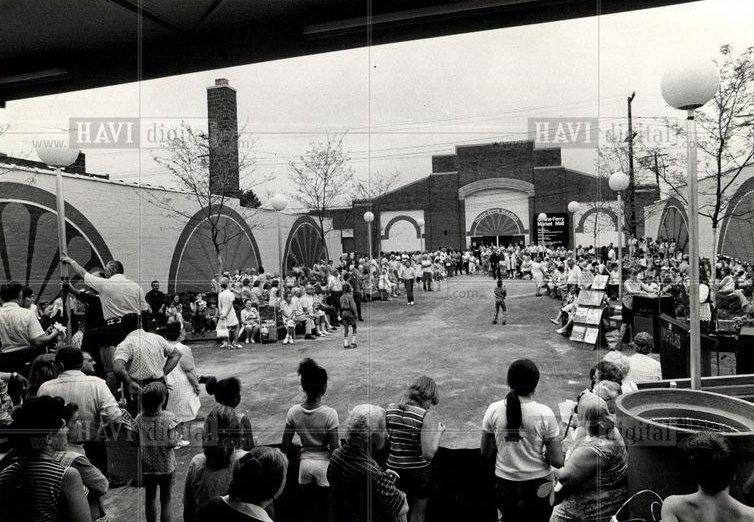
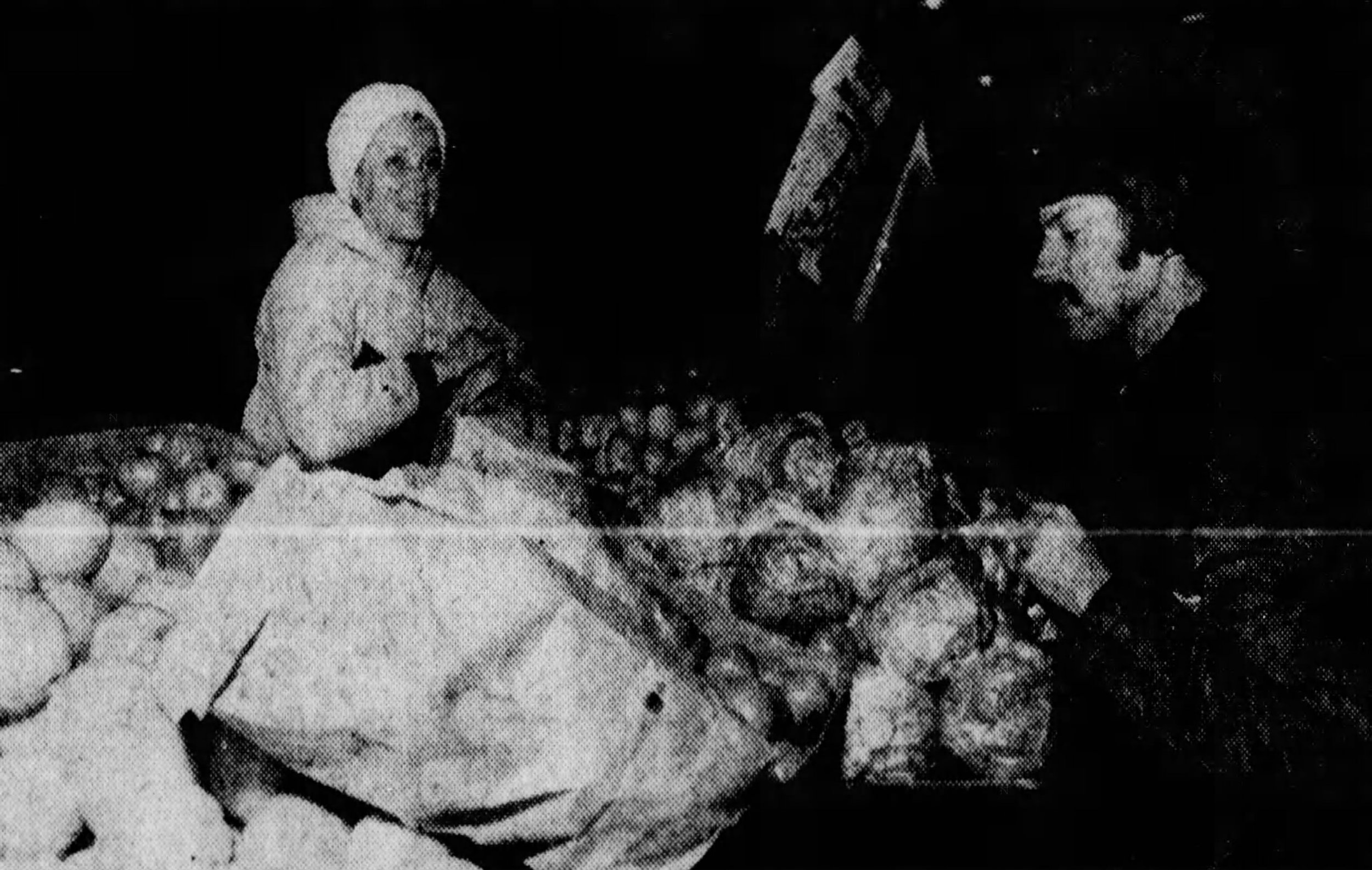
How can we save the market?
Contact Mary Sheffield, City Council District 5 Representative
Chene-Ferry Market is located in Detroit’s Poletown East neighborhood, part of District 5. Mary Sheffield is the City Council President and the district representative. You can email Sheffield to tell her that you think the current state of the Chene-Ferry Market isn’t sustainable long term and that you believe the structure should be better preserved.
Councilmember Sheffield can be reached at 313-224-4505 or councilmembersheffield@detroitmi.gov
Report the market in the Improve Detroit app
The Chene-Ferry Market Building is open to the elements, hasn’t been maintained in years, and is constantly full of illegal dumping. Though this may not be the correct avenue for action, submitting tickets on the app is a great way to ensure the city will give tickets to ensure the market is safely secured and clean.
You can download the Improve Detroit app or do it online. You can do this multiple times per week.
Contact your representatives about ‘demolition by neglect’
Demolition by neglect is the process by which a property is razed due to the owner’s negligence. An example is when the Ilitch family purchased viable properties in the Cass Corridor and did nothing to maintain them for twenty years, then said they were too bad to fix and demolished them for parking lots. There is currently no real legal protection for properties from those practicing demolition by neglect, but there can be.
Higher standards for defining deterioration and blight, local ordinances for properties of a certain age, updates to what constitutes a code violation, and penalties for non-compliance are all effective methods of targeting this, and you can write your local representatives about instating those in Detroit and Michigan. Additionally, the proposed Land Value Tax Plan would likely raise taxes on this parcel, putting pressure on the owners.
“This place could be as exciting as Eastern Market, but not a copy—something completely different.”
Why should we save the market?
It’s centrally located
The Chene-Ferry Market Building is less than a 10-minute bike ride from the Detroit Institute of Arts, a short drive from Hamtramck, and a 20-minute bus ride from the Rosa Parks Transit Center. A centrally located market that operates on off days for Eastern Market would be convenient for citizens to purchase groceries and farmers to sell to more customers.
Over 40,000 people live in the census tracts surrounding the market
According to 2020 census data, between census tracts 5119, 5112, 5180, 5175, 5189, 5188, 5184, 5161, 5110, and Hamtramck, 41,940 people live within a short drive, walk, or bike ride of the Chene-Ferry Market. This calculation does not include the densely populated Midtown tracts, which are close by.
We need more third spaces
A third space is a place other than your home or job/school where you can go for free and exist, connecting with your community and neighbors. Places like markets, churches, and community centers used to anchor Detroit’s neighborhoods, but the number and scope of such institutions have dwindled. A market is a great place to meet people, learn about your community, and enjoy life.
Detroiters are urban farming near the market
There are multiple small-scale urban farms near Chene-Ferry Market. Though these are small in scope, the idea of urban farming in Poletown East continues to grow. With a local market to sell produce at, more residents may be inclined to begin urban farming on their land.
It’s steeped in history and Polish heritage
The market was built before Henry Ford moved his company to Dearborn, Walter Reuther came to Detroit, and Motown’s Berry Gordy was born. The neighborhood surrounding the Chene-Ferry Market building was once a vibrant Polish community, though there were many contributions by German, Jewish, Albanian, and African Americans here, too. Much of that neighborhood was wiped out to make way for I94 and the GM Poletown Plant. For generations, the Chene-Ferry Market was an anchor of the community, and today, it is a reminder of the Polish heritage and a vibrant neighborhood that was lost in the name of urban and industrial renewal. Places like this matter and deserve to be preserved!
“It used to be that every stall in the market shed was taken, and many farmers had to stand outside to sell their goods. Crowds were so big you could hardly move.”
Why do you think that Chene-Ferry Market should be saved?
“I would love to shop the market with my Grandkids, to show them where I grew up. To preserve Detroit, and to rebuild communities.”
“It’s got good bones!”
“We need more public/community space and it’ll draw people to the neighborhood”
“Chene-Ferry Market is an important link to Detroit’s past and should be a vital part of Detroit’s healthier, brighter future.”
“People love markets and that area is becoming less industrial”
“More accessible food and retail options across the city”
“Not only is it part of the historic fabric of the community, but the city as well. And now with resources and attentions, it can once again become a wonderful gathering place and business engine for local merchants and consumers.”
“Though the market might not be as profitable as it once was, the neighborhood deserves investment after decades of being ignored”
“A market with historical value can be very beneficial for the community surrounding it. The people in the community will feel connected to eachother and the cohesion will grow.”


